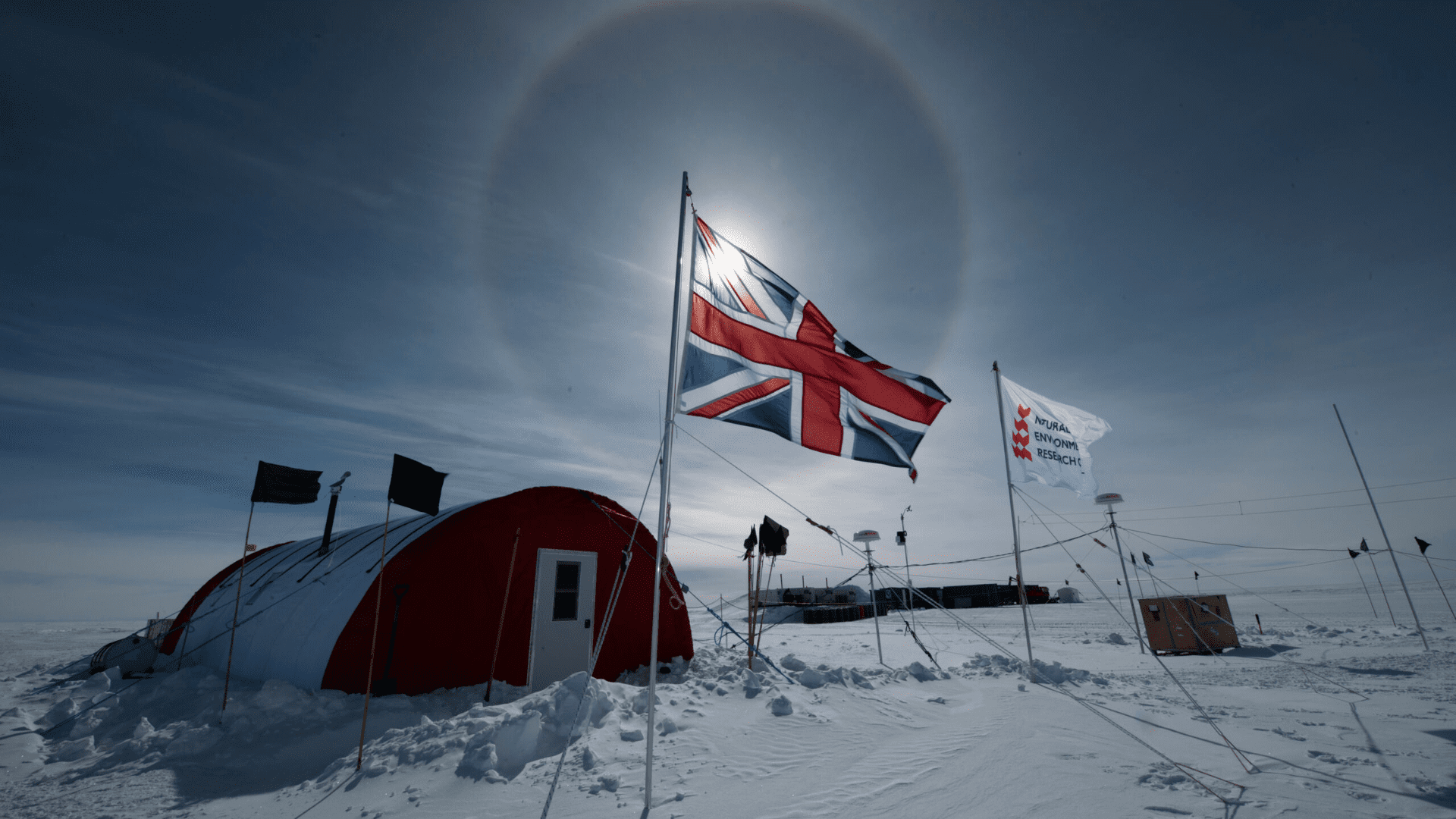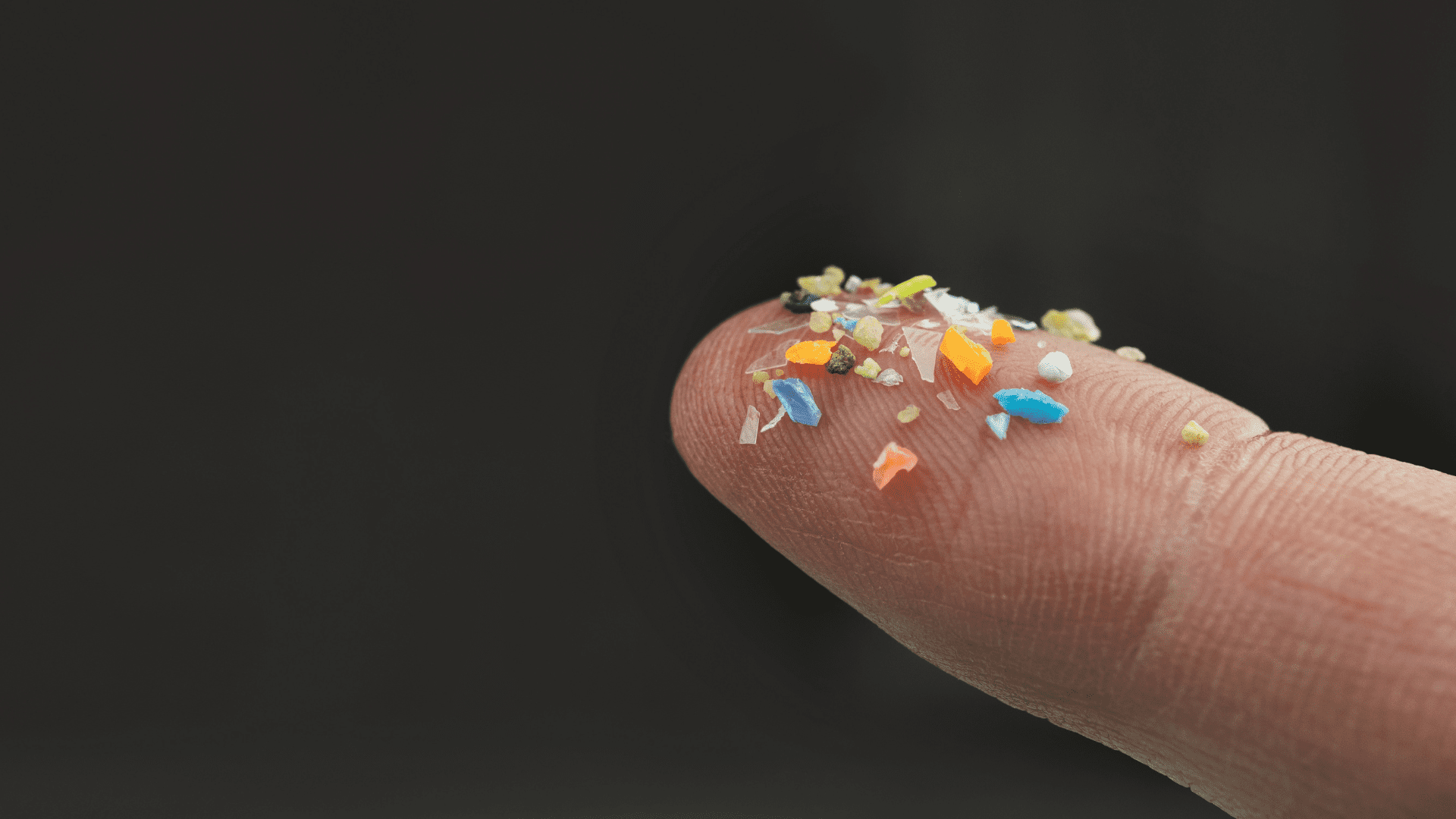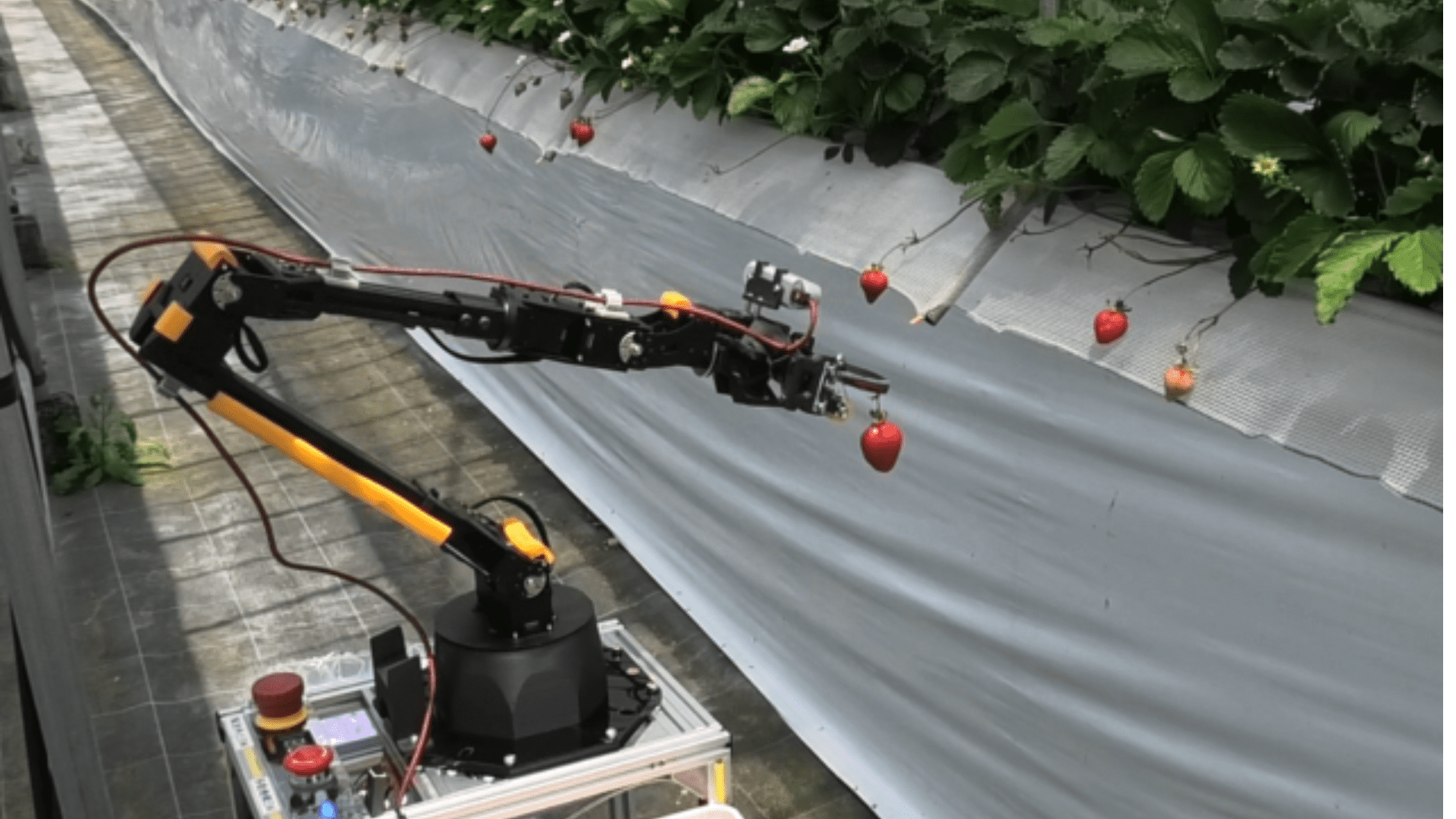Scientists discovered just how far microplastics have traveled throughout the globe. During a study, they found microplastics in the snow near some of Antarctica’s deep-field camps. It’s the first time anyone has discovered these fragments in a remote location.
Where are the Microplastics

Researchers conducted a study at Union Glacier and Schanz Glacier field camps in Antarctica while doing fieldwork. They also used a new and advanced technique to detect microplastics as small as 11 micrometers, about the size of a red blood cell in the Antarctic snow. The discovery surprised the researchers because they found the microplastics at concentrations ranging from 73 to 3,099 particles per liter of snow. Moreover, 95% of the plastic particles are less than 50 micrometers, which is the size of a human cell.
The discovery suggests that previous studies may have underestimated the extent of microplastic pollution in the region, possibly because of “less sensitive detection methods.”
Previous methods involved hand-picking particles and fibers out of samples for analyses. However, the newer technique involves melting snow through filter paper. Then, it scans this at a high resolution, using infrared, allowing them to identify any microplastics above 11 micrometers.
“With these developing techniques, we’re now able to analyze microplastics of a much smaller size than before,” said Dr Emily Rowlands, a marine ecologist at the British Antarctic Survey (BAS). “In fact, we found microplastic abundance in these snow samples to be 100 times higher than in previous studies of Antarctic snow samples.”
Discovering Microplastics

Across three sites, researchers identified common plastic types such as polyamide (used in textiles), polyethylene terephthalate (found in bottles and packaging), polyethylene, and synthetic rubber. Interestingly, though, polyamide accounted for over half of the microplastics researchers found. Additionally, it was discovered in all the samples taken close to field camps but not at the remote “control” site.
“We think this means that there are local sources of plastic pollution, at least when it comes to polyamide,” said Dr. Clara Manno, an ocean ecologist at the British Antarctic Survey. “This could come from outdoor clothing or the ropes and flags that are used to mark safe routes in and around the camp.”
The full impact of microplastics in Antarctica remains unclear. Research indicates they may influence the snow’s albedo (its light-reflecting ability) and accelerate melting. Additionally, microplastics can be carried to ecologically significant areas, potentially affecting fragile ecosystems.
Dr. Kirstie Jones-Williams said, “Despite stringent regulations on materials entering Antarctica, our findings reveal microplastic contamination even in remote and highly controlled areas.” She continued, “This underscores the pervasive nature of plastic pollution—demonstrating that nowhere on Earth is truly untouched.”







